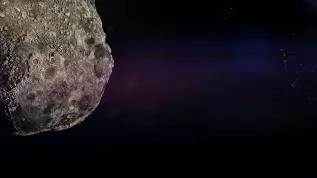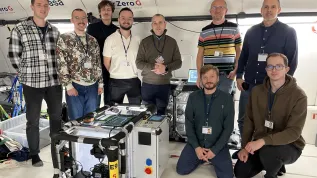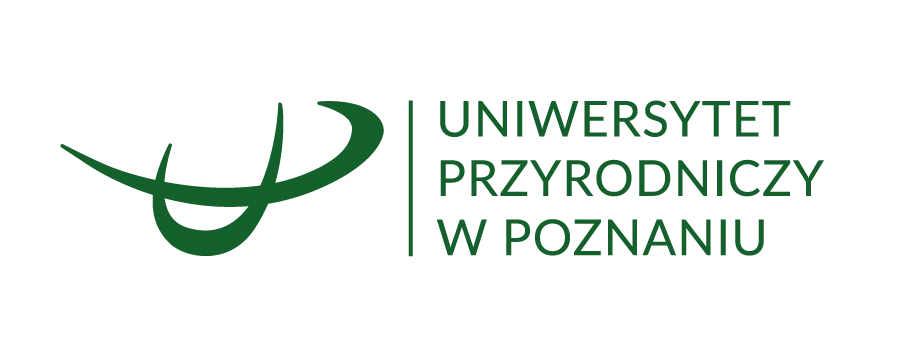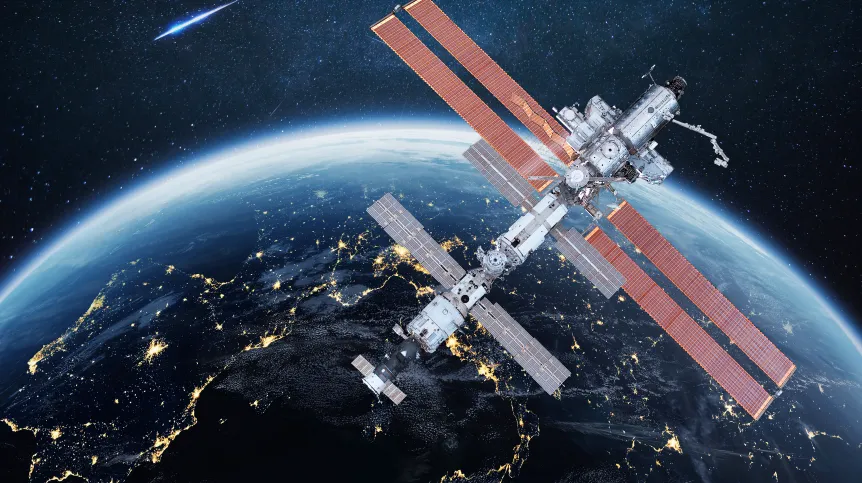
13 experiments are planned during the Polish space mission Ignis. Due to mass and size limitations, some will be sent to the ISS earlier and will be waiting for the crew. One of these samples is scheduled to be launched into orbit on April 21.
'During the Ignis mission (at the turn of June - PAP), all 13 experiments are planned to be carried out. The need to send some of them on earlier flights results from the mass and size limitations of the Crew Dragon spacecraft that will transport the crew of the Axiom-4 mission. This does not mean that the experiments in question will be carried out earlier, they will only arrive on board the ISS earlier. They will be carried out after the Axiom-4 crew arrives', Agnieszka Gapys, spokeswoman for the Polish Space Agency (POLSA), told PAP.
She added that the transport of the experiments is the subject of ongoing negotiations between POLSA, the European Space Agency (ESA) and the US space agency NASA 'based on the dynamically changing situation, which is influenced by changes in the flight schedule and individual spacecraft flight readiness'.
And so, the samples needed for one of the experiments (with the abbreviated name 'Stability of Drugs') are scheduled to be sent to the International Space Station (ISS) on April 21, together with a commercial supply mission operated by SpaceX, the originator and coordinator of this experiment, Jakub Włodarczyk, PhD, from the Centre of Polymer and Carbon Materials of the Polish Academy of Sciences in Zabrze informed PAP.
The objective of the experiment 'Biodegradable drug delivery systems in zero gravity' is to check how storing polymer, biodegradable drug storage and release systems in conditions prevailing in orbit will affect their shelf life. In other words, will the drugs be more durable in these 'shields' or not?
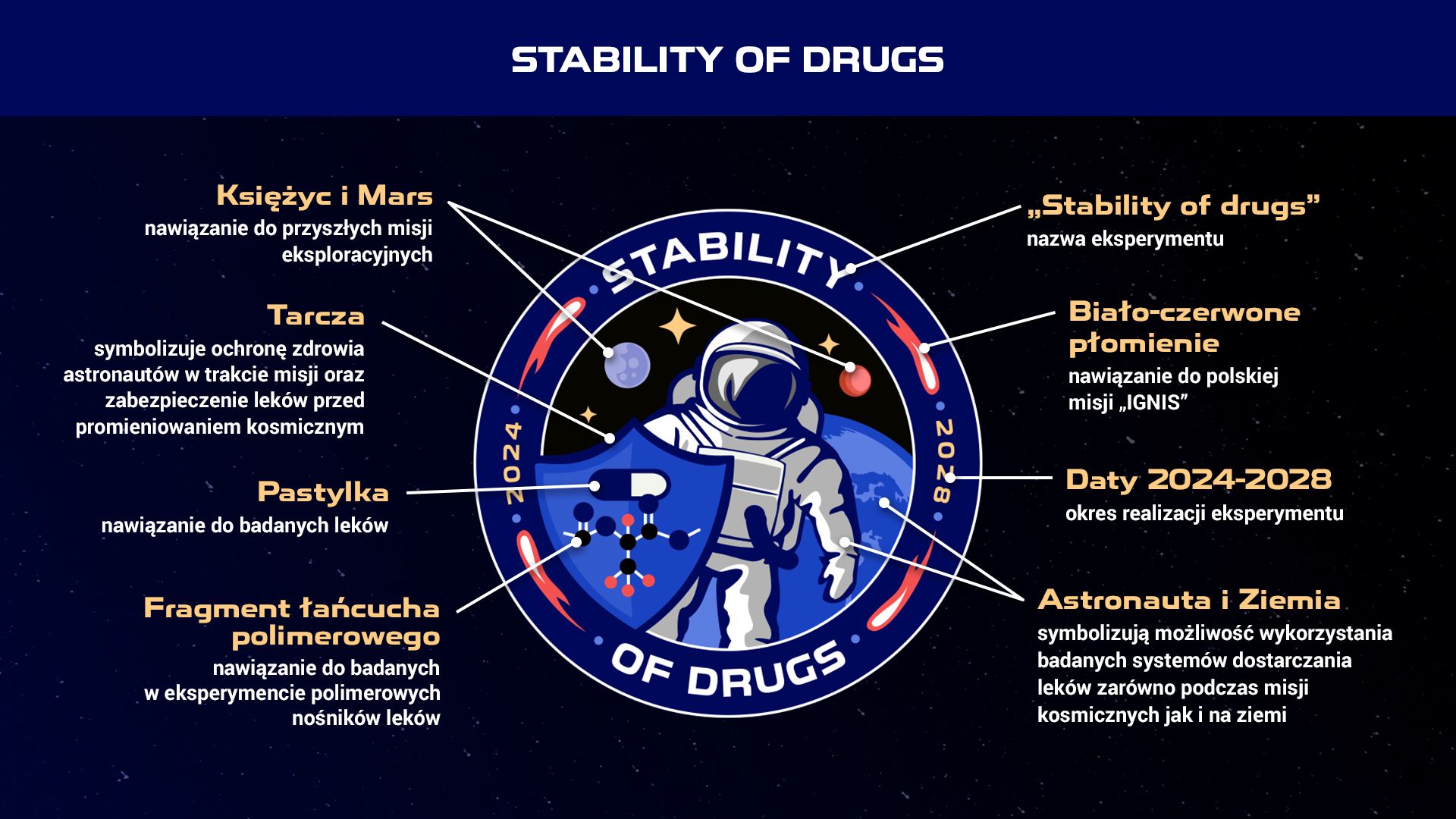
Accoerding to Jakub Włodarczyk, this is a response to the need to search for new forms of drug delivery and protection, which decompose faster in space due to the increased level of cosmic radiation. If these proposals prove correct, the path to developing such 'shields' will begin, thanks to which the drugs will be safe for use during long space missions.
In addition, the systems proposed by the researchers from Zabrze allow to release the drug in a controlled, i.e. 'programmed' manner, so that the medicinal substance can be dosed over a specific period, and not immediately and in full.
Scientists selected three polymers for the experiment, all of them known and already used in medicine. They differ in several properties, the most important of which are the rate of degradation and crystallinity.
The medicinal substances themselves also differ in terms of action and chemical structure. They include painkillers, anti-inflammation drugs, as well as antibiotics, antidepressants, and a drug used for radiation in anti-cancer therapy (the latter was chosen in the context of potential protection against space radiation).
In this particular case, astronauts do not take part in the experiment. Their task is 'only' to lift the samples into orbit and place the packages in the Columbus research module on the ISS: one part directly in the laboratory space, at ambient temperature, and the other - in the refrigerator, at a lower temperature, which slows down the decomposition processes, and the housing additionally protects against radiation.
The packages contain three types of samples: pure drugs (in the form of compressed tablets), empty polymer matrices and matrices with drugs introduced into them. One package weighs about 200 g.
The experiment is planned for three years, during which, approximately every year, two packages will be sent back to Earth: one from the lab and one from the refrigerator.
In addition, researchers at the Centre of Polymer and Carbon Materials PAS will conduct a parallel experiment, which will serve as a reference point for the results obtained in orbit.
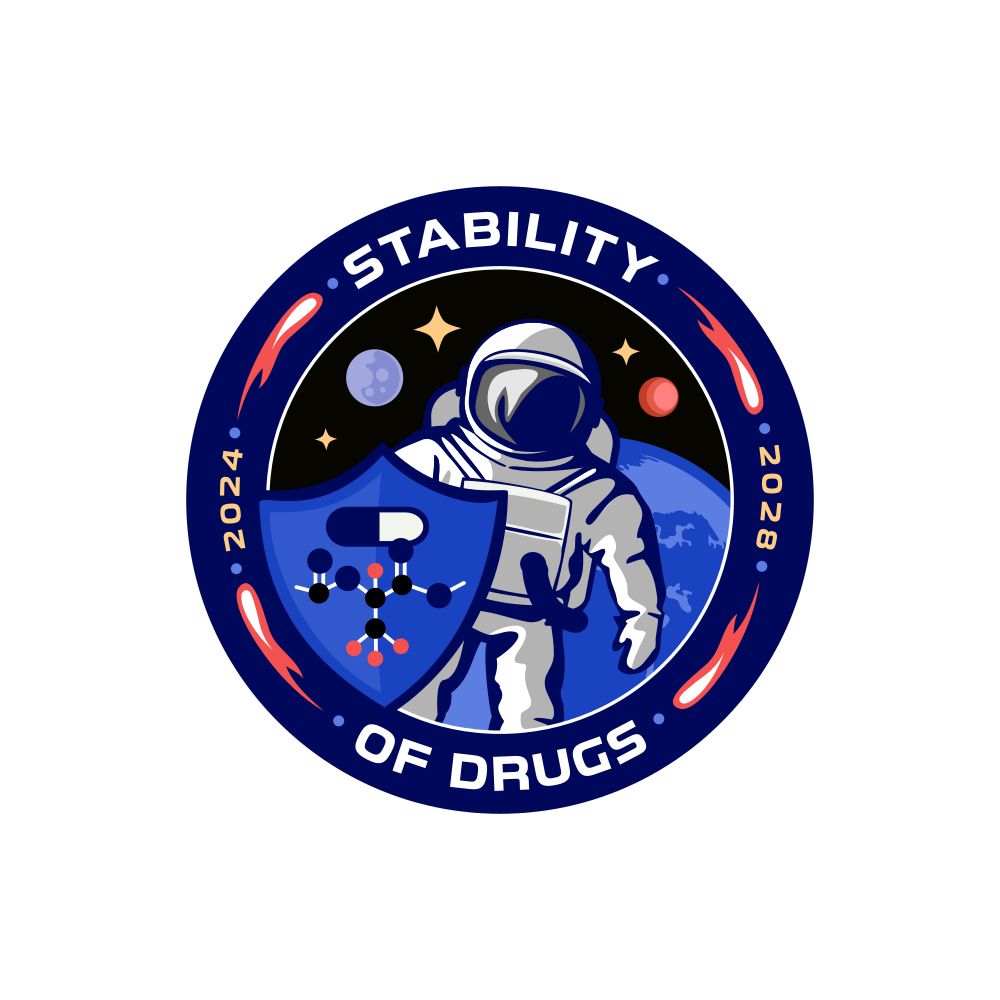
The Polish technological and scientific mission to the International Space Station (ISS), with the participation of Polish astronaut Sławosz Uznański-Wiśniewski, will take place at the turn of June.
The time until departure of the mission with samples prepared by scientists from Zabrze can be tracked on this website.
PAP - Science in Poland, Agnieszka Kliks-Pudlik (PAP)
akp/ zan/ amac/

